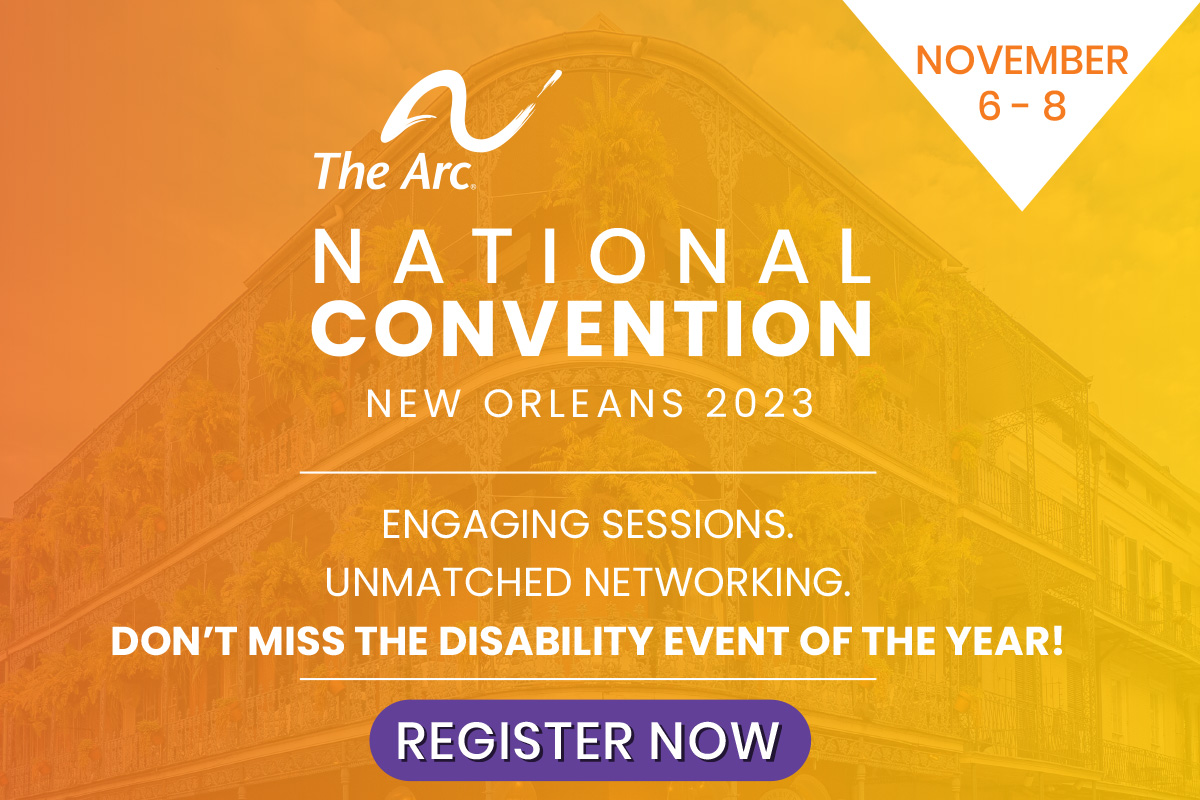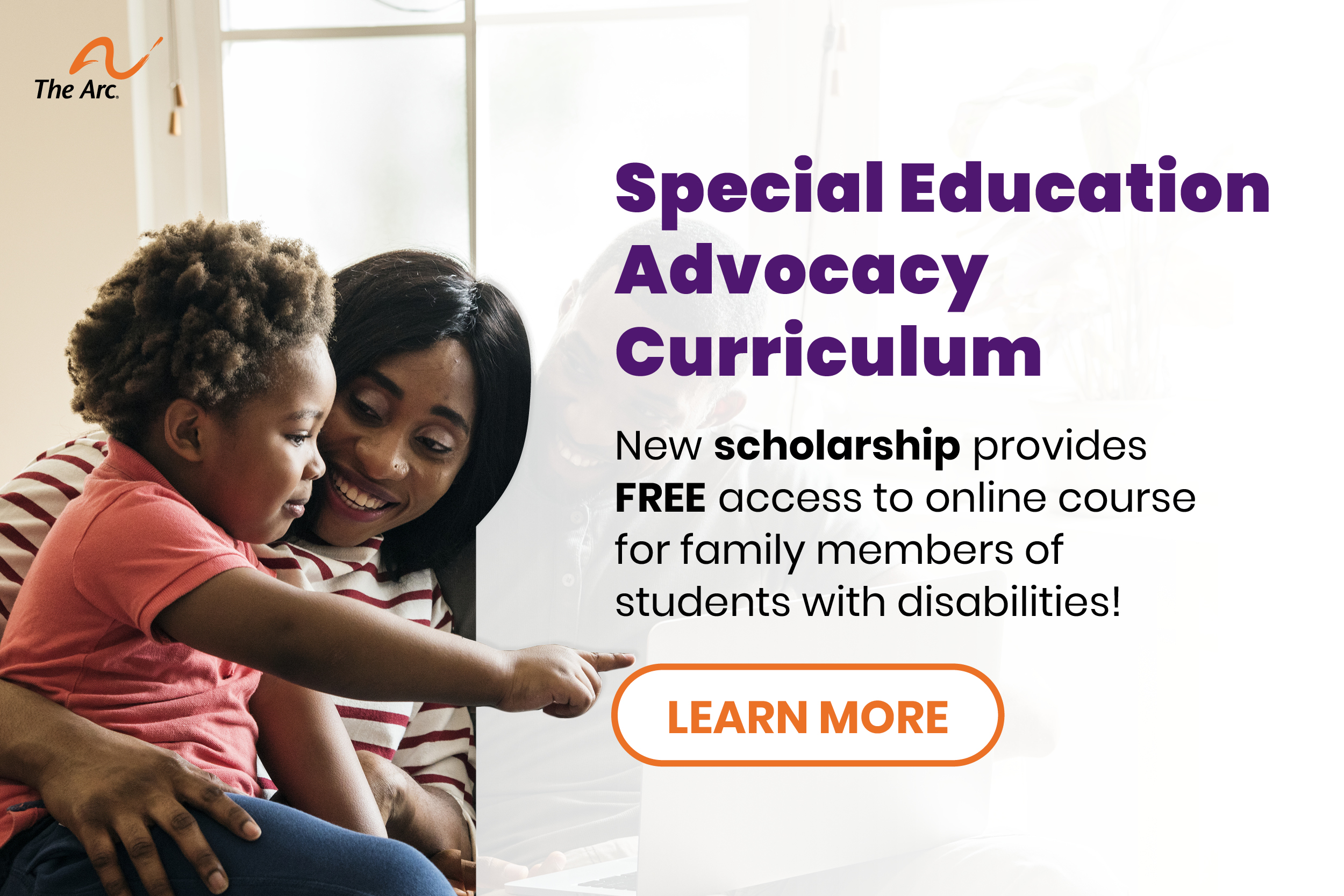Contents
Enjoying recreational activities in one’s community not only brings opportunities for relaxation, focused skill building and fun but it can help children and adults with autism develop their social skills and relationships.
Learning that occurs in common settings increases social interactions and individuals with autism spectrum disorders can integrate the social skills they develop into their lives, beginning at a young age.
Socializing Children with Autism Begins At Home
Families are the critical link between a child or adult living with autism and the community. They play a pivotal role in helping individuals living with disabilities develop their social skills by encouraging and facilitating their child’s involvement in recreational activities.
Wondering where to begin can be a challenge. Here are a few things to consider when looking into activities for your child:
- Identify your child’s interests. In addition, you may want to determine how the activities will support your child’s needs, e.g., social communication, sensory issues, behaviors, etc.
- Determine what types of activities will best meet his or her needs.
- Look for programs that will help your child develop new social and language skills.
- Build a support network. Recreational activities are an opportunity to build your support network. Networks can also provide families with additional resources.
Programs Help Children with Autism Develop Social and Language Skills
Some programs offer peer mentoring that focuses on developing social and pragmatic language skills as a way to encourage young adults with autism to partake in everyday social and recreational activities. Peer mentors act as guides to navigating unfamiliar settings and provide opportunities to interact socially (Towson University Center for Adults with Autism).
Other programs help develop community participation by partnering families, children and adults who have disabilities with community agencies and recreational programs (The Arcadia Institute). An individual with a disability makes choices about what activities he or she wants to be involved in and through a collaborative effort barriers and accommodations are identified.
Family members who know the person well can provide recreation staff with the information they need to best support the individual. These experiences can help individuals gain new skills and build relationships.
Families also add to their local network of programs, services, advocacy agencies, and recreation programs and facilities with which they can be involved.
References
- Fennick, E., Royle, J. (2003). Community inclusion for children and youth with developmental disabilities. Focus on Autism and Other Developmental Disabilities. 18 (1), pp. 20-27.
- Orsmond, G.I., Krauss, M.W., Seltzer, M.M. (2004). Peer relationships and social and recreational activities among adolescents and adults with autism. Journal of Autism and Developmental Disorders. 34 (3), pp. 245-256.
- Potvin, M-C., Prelock, P.A., Snider, L. (2008). Collaborating to support meaningful participation in recreational activities of children with autism spectrum disorders. Topics in Language Disorders, 28 (4), pp. 365-374.
- Rogers, S.J. (2000). Interventions that facilitate socialization in children with autism. Journal of Autism and Developmental Disorders. 30 (5).



